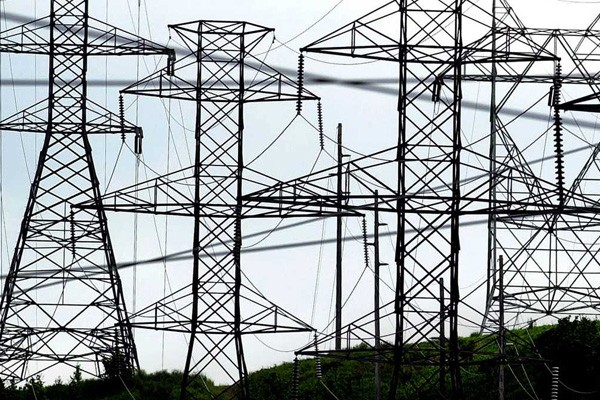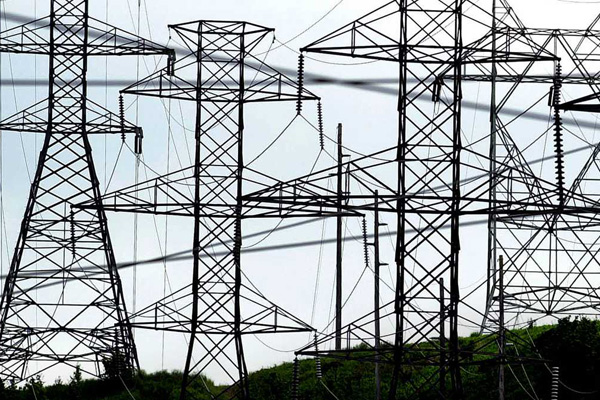Modernizing the Grid in NJ Vital to Achieving Clean-Energy Targets

State urged to move away from traditional transmission and distribution lines, concentrate instead on ‘non-wire’ new technologies
The state yesterday began soliciting input on how to modernize an aging electric and gas grid, a step some view as perhaps the most important barrier to achieving a clean-energy future.
New Jersey may have a long way to go, especially when it comes to integrating renewable energy and other more localized energy resources into the grid, according to those who spoke at a hearing on a new energy master plan.
With the Murphy administration setting a target of 100 percent clean energy by 2050, the state must accelerate development of a range of new technologies to make that happen, several speakers argued.
The task is complicated by rising pressure to make the grid more resilient to more frequent and more potent storms, an issue driving utilities to seek approval for big investments in strengthening the electric and gas systems.
But some argued that should not necessarily result in building traditional transmission and distribution lines to bolster reliability.
Avoid more expensive versions of existing system
“A modernized grid should not be focused on more expensive versions of what we’ve been working with for more than a hundred years,’’ said Nicole Sitaraman, a senior manager at SunRun, a prominent residential solar developer. “Decentralization is a critical component.’’
Sitaraman and others suggested priority should be given to non-wire alternatives to enhancing the grid and the transition to cleaner energy. A recent report by a solar trade association found such an approach could hold down rising costs faced by utility customers, she noted.
For New Jersey to achieve its renewable-energy goals, the state should promote new technologies to modernize the grid, including energy storage systems and advanced metering infrastructure, advocates said.


